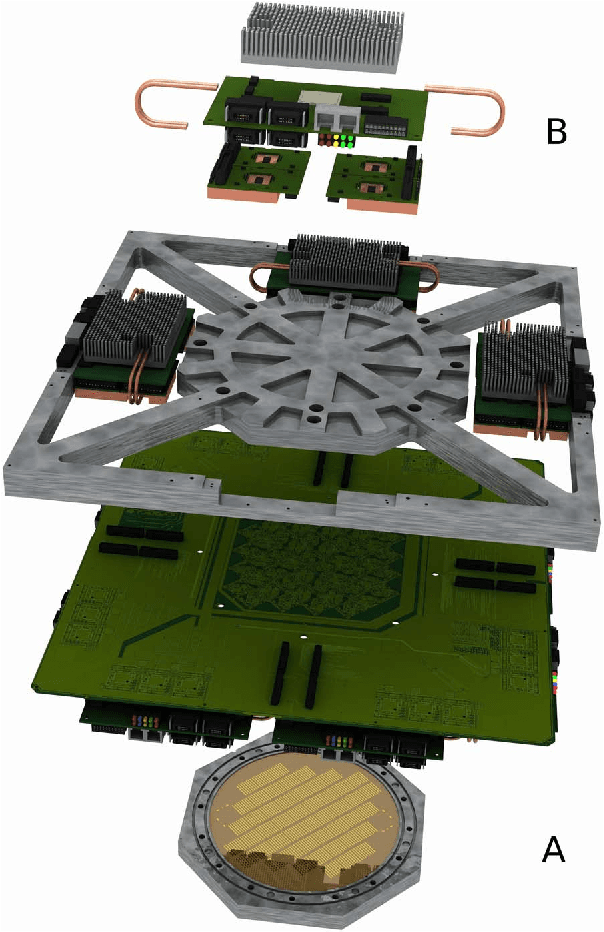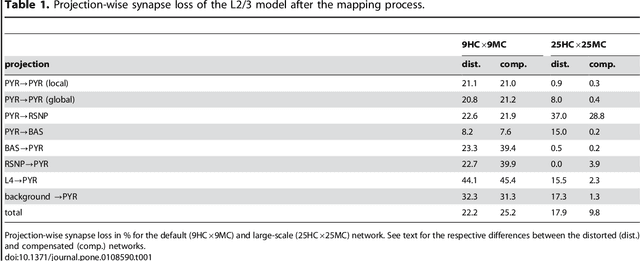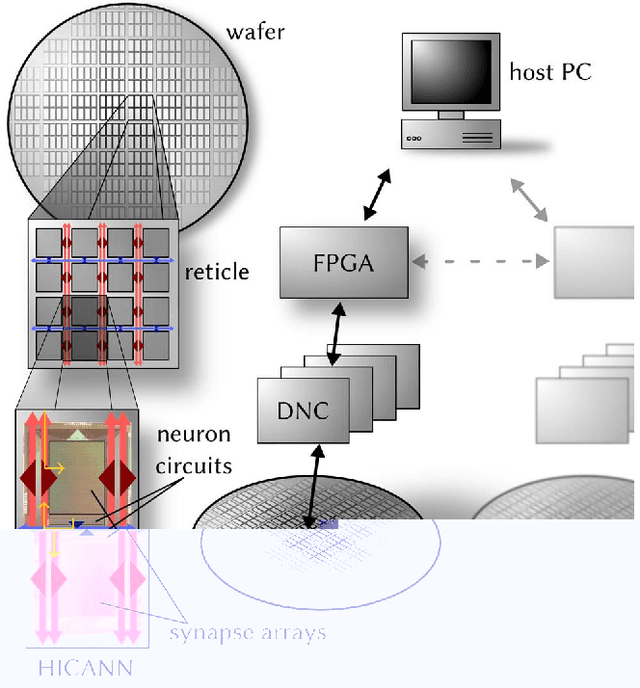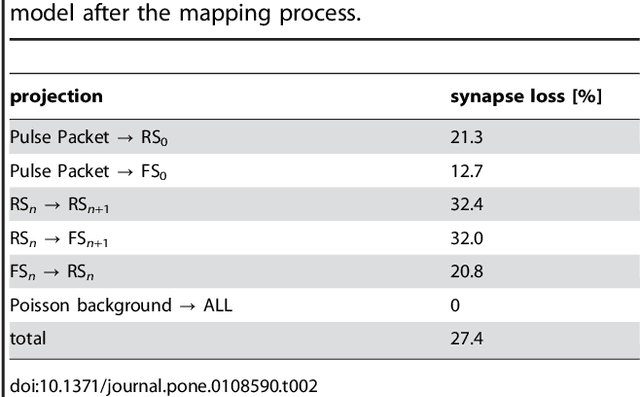Alain Destexhe
Computing threshold functions using dendrites
Nov 10, 2016


Abstract:Neurons, modeled as linear threshold unit (LTU), can in theory compute all thresh- old functions. In practice, however, some of these functions require synaptic weights of arbitrary large precision. We show here that dendrites can alleviate this requirement. We introduce here the non-Linear Threshold Unit (nLTU) that integrates synaptic input sub-linearly within distinct subunits to take into account local saturation in dendrites. We systematically search parameter space of the nTLU and TLU to compare them. Firstly, this shows that the nLTU can compute all threshold functions with smaller precision weights than the LTU. Secondly, we show that a nLTU can compute significantly more functions than a LTU when an input can only make a single synapse. This work paves the way for a new generation of network made of nLTU with binary synapses.
Characterization and Compensation of Network-Level Anomalies in Mixed-Signal Neuromorphic Modeling Platforms
Feb 10, 2015



Abstract:Advancing the size and complexity of neural network models leads to an ever increasing demand for computational resources for their simulation. Neuromorphic devices offer a number of advantages over conventional computing architectures, such as high emulation speed or low power consumption, but this usually comes at the price of reduced configurability and precision. In this article, we investigate the consequences of several such factors that are common to neuromorphic devices, more specifically limited hardware resources, limited parameter configurability and parameter variations. Our final aim is to provide an array of methods for coping with such inevitable distortion mechanisms. As a platform for testing our proposed strategies, we use an executable system specification (ESS) of the BrainScaleS neuromorphic system, which has been designed as a universal emulation back-end for neuroscientific modeling. We address the most essential limitations of this device in detail and study their effects on three prototypical benchmark network models within a well-defined, systematic workflow. For each network model, we start by defining quantifiable functionality measures by which we then assess the effects of typical hardware-specific distortion mechanisms, both in idealized software simulations and on the ESS. For those effects that cause unacceptable deviations from the original network dynamics, we suggest generic compensation mechanisms and demonstrate their effectiveness. Both the suggested workflow and the investigated compensation mechanisms are largely back-end independent and do not require additional hardware configurability beyond the one required to emulate the benchmark networks in the first place. We hereby provide a generic methodological environment for configurable neuromorphic devices that are targeted at emulating large-scale, functional neural networks.
 Add to Chrome
Add to Chrome Add to Firefox
Add to Firefox Add to Edge
Add to Edge